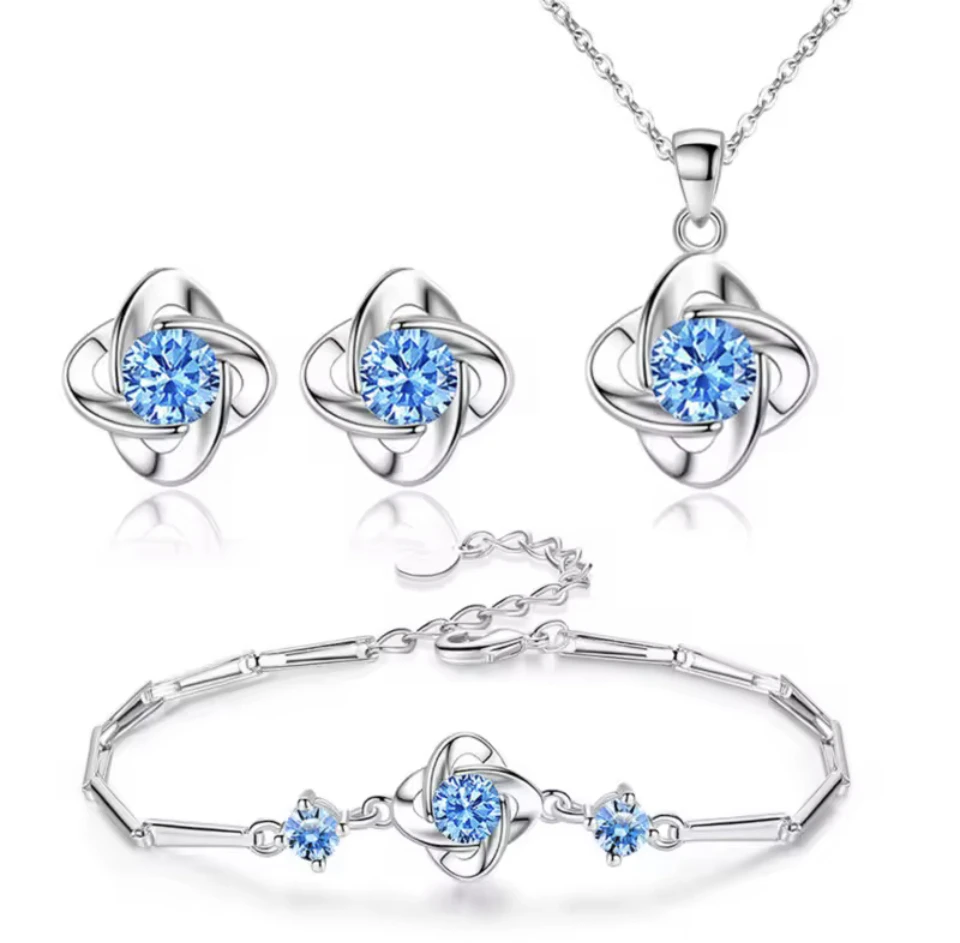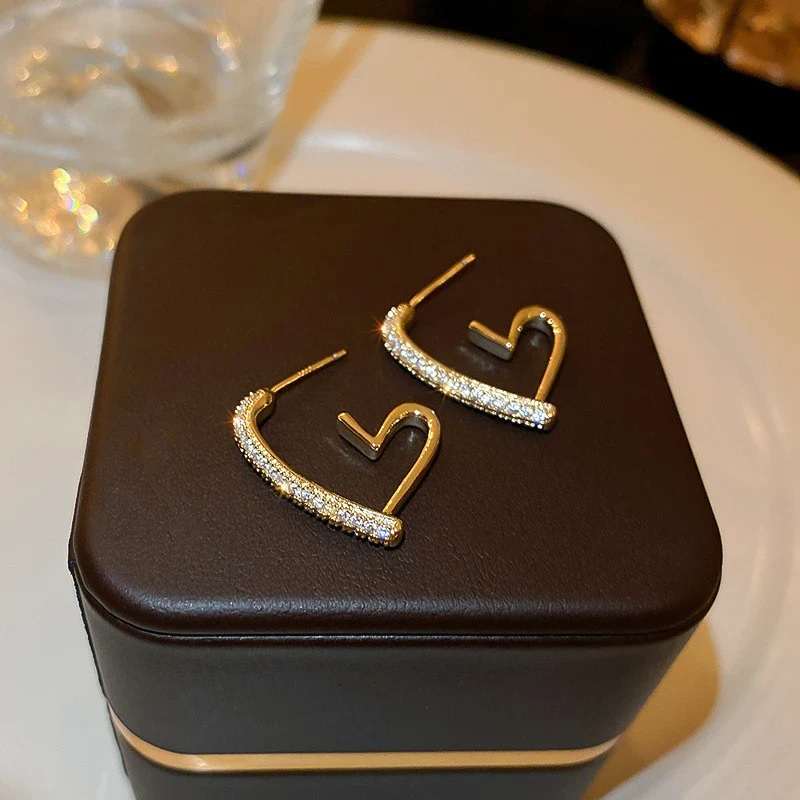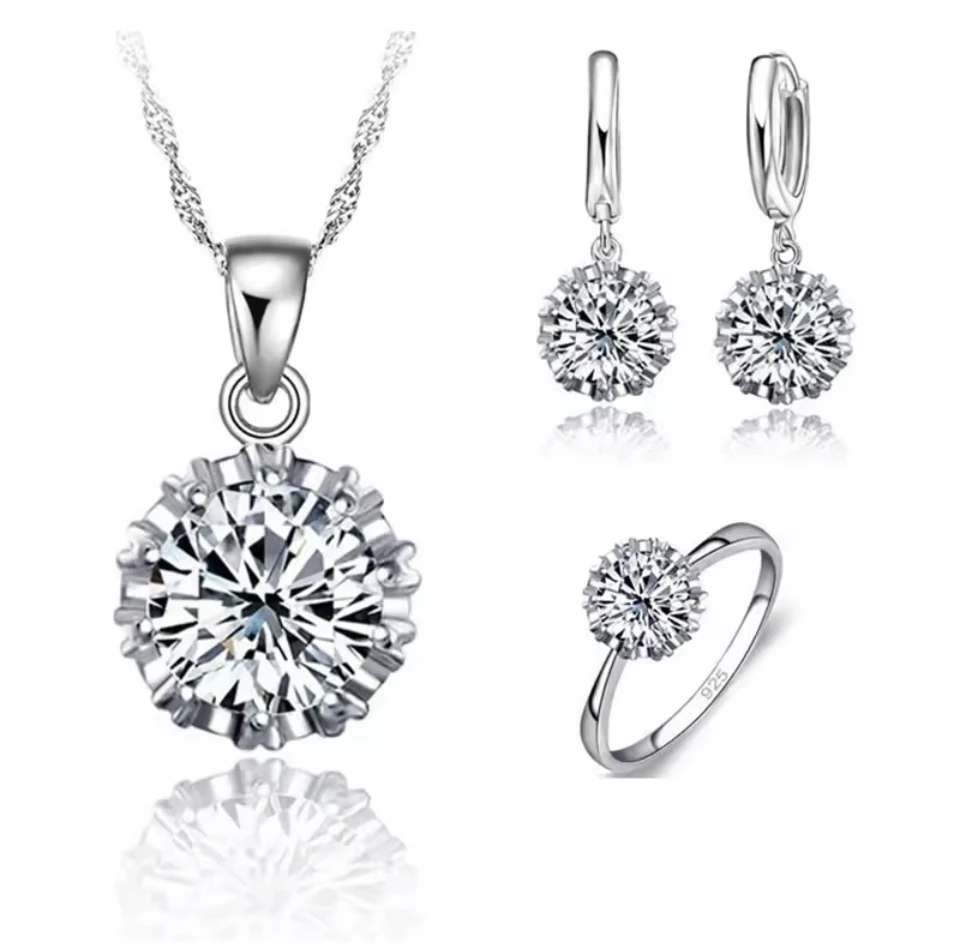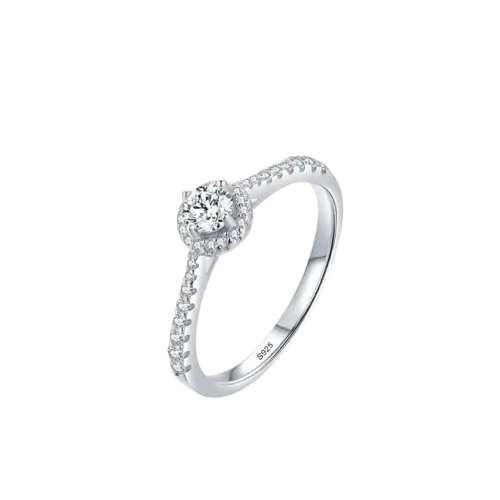Your cart is currently empty!

925 Sterling Silver vs Pure Silver: A Complete Comparison
When shopping for silver jewelry or silverware, you’ll often encounter terms like 925 Sterling Silver and Pure Silver. At first glance, they might seem interchangeable — after all, they’re both silver, right? However, there are some key differences between the two in terms of composition, durability, appearance, cost, and usage. This guide will give you a complete breakdown of 925 Sterling Silver vs Pure Silver, so you can make informed decisions whether you’re buying jewelry, investing in silver, or just curious about the metal.
What Is Pure Silver?
Pure silver, also known as fine silver or 99.9% silver (999), is composed of 99.9% elemental silver. The remaining 0.1% may include trace amounts of other elements, but essentially, this type of silver is as pure as it gets in practical terms.
Pros of Pure Silver
- Hypoallergenic: Ideal for sensitive skin due to minimal alloying metals.
- Bright white luster: Has a beautiful natural shine.
- Investment value: Often used in bullion and coins for investing.
Cons of Pure Silver
- Too soft for everyday use: Pure silver bends and scratches easily.
- Not ideal for detailed designs: Jewelers avoid using it for intricate work.
What Is 925 Sterling Silver?
Sterling silver, marked as 925 silver, contains 92.5% pure silver and 7.5% other metals, usually copper. This alloy was created to make silver more durable without sacrificing too much of its beauty.
Why 925?
The number “925” signifies the percentage of pure silver in the alloy — 925 parts per thousand are silver.
Pros of 925 Sterling Silver
- Stronger and more durable: Perfect for everyday wear and tear.
- Holds its shape well: Great for rings, chains, and earrings.
- More design-friendly: Jewelers can create more intricate designs.
Cons of 925 Sterling Silver
- Can tarnish: Copper content may react with air and moisture.
- Allergic reactions: Rare, but possible for people sensitive to copper or nickel (if present).
925 Sterling Silver vs Pure Silver: Key Differences
| Feature | Pure Silver (999) | Sterling Silver (925) |
|---|---|---|
| Composition | 99.9% silver | 92.5% silver, 7.5% copper |
| Durability | Very soft | Much stronger |
| Tarnish Resistance | Tarnish-resistant | Can tarnish over time |
| Appearance | Bright white, softer finish | Slightly less white, shinier |
| Usage | Investment, collectibles | Jewelry, utensils, accessories |
| Price | Higher | More affordable |
| Jewelry Making | Less suitable | Ideal |
Tarnishing and Maintenance
A common concern with silver jewelry is tarnishing — a chemical reaction that causes silver to darken over time. Here’s how the two compare:
- Pure Silver is much more resistant to tarnishing due to its minimal alloy content.
- 925 Sterling Silver tarnishes more easily because copper reacts with air and moisture, but it can be polished back to its original shine.
To maintain 925 silver:
- Store it in an airtight container.
- Avoid exposure to moisture, perfumes, and lotions.
- Use a soft cloth and silver polish for cleaning.
Which One Is Better for Jewelry?
If you’re buying jewelry for daily wear, 925 Sterling Silver is usually the better choice. Its enhanced durability ensures that your rings, bracelets, or chains can handle frequent use without bending or losing their form.
On the other hand, Pure Silver might be ideal if:
- You have extremely sensitive skin.
- You’re buying a decorative item that won’t be handled often.
- You’re investing in collectible silver bars or coins.
How to Tell the Difference
Genuine silver jewelry usually has stamps that indicate its composition:
- 925: Indicates Sterling Silver (92.5% silver).
- 999: Indicates Pure Silver (99.9% silver).
If your item isn’t stamped, it’s best to ask for a certificate of authenticity or get it tested.
Cost Comparison
Because Pure Silver contains more silver per gram, it typically has a higher price point than Sterling Silver. However, this doesn’t necessarily mean it’s “better” for all purposes.
| Item Type | Average Cost (Per Gram) |
|---|---|
| Pure Silver (999) | Higher |
| 925 Silver | Lower |
Sterling Silver strikes a balance between cost, beauty, and durability, which is why it’s so commonly used in the jewelry industry.
Environmental and Ethical Considerations
In today’s world, buyers are increasingly concerned about ethical sourcing and sustainability. Both pure and sterling silver can be sourced responsibly, especially when recycled silver is used.
Look for certifications like:
- Fairmined
- Responsible Jewellery Council (RJC)
These ensure that the silver has been mined or recycled under fair, ethical conditions.
Final Verdict: 925 Sterling Silver vs Pure Silver
| Category | Best Option |
|---|---|
| Daily Jewelry | 925 Sterling Silver |
| Investment | Pure Silver |
| Hypoallergenic Use | Pure Silver |
| Durability | 925 Sterling Silver |
| Cost Efficiency | 925 Sterling Silver |
| Tarnish Resistance | Pure Silver |
Both 925 and pure silver have their strengths. For jewelry and accessories, 925 sterling silver is usually the superior choice because of its durability, workability, and affordability. Meanwhile, pure silver is better suited for investment and minimal-handling items.
FAQs
Q: Can I wear 925 Sterling Silver every day?
A: Yes! It’s strong enough for daily wear and only requires occasional cleaning to keep its shine.
Q: Will 925 silver turn green?
A: Not usually. If it contains trace amounts of nickel or reacts with your skin chemistry, it might leave discoloration — but this is rare.
Q: Is 925 Sterling Silver considered “real” silver?
A: Yes. It contains 92.5% pure silver and is legally considered real silver in most countries.
Conclusion
Understanding the difference between 925 Sterling Silver and Pure Silver helps you make smarter buying decisions. Whether you’re choosing a gift, treating yourself, or investing, knowing what each type offers can save you money, time, and future maintenance.
If you’re looking for a balance between quality, beauty, and durability, 925 Sterling Silver is your best bet. For investment or heirloom pieces, Pure Silver is a great option.
 Store Locator
Store Locator Track your Order
Track your Order







